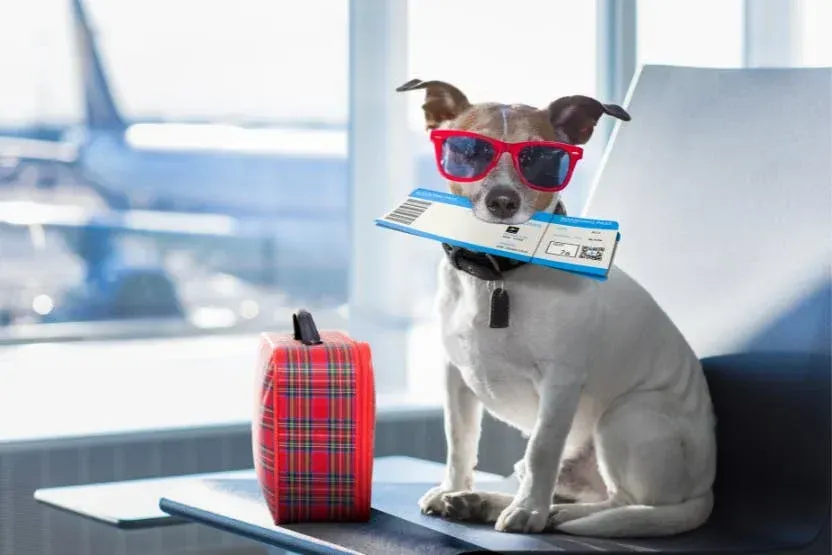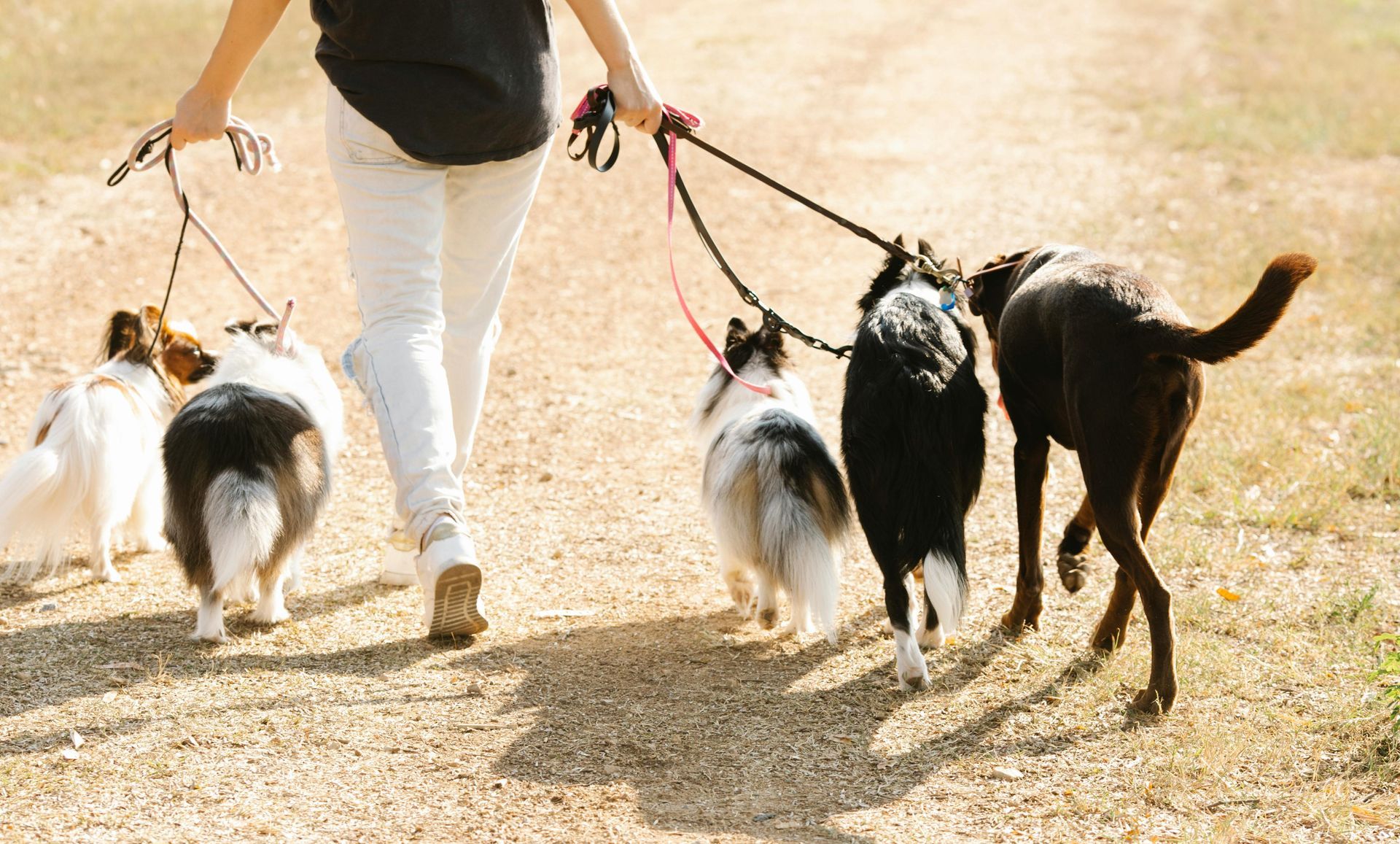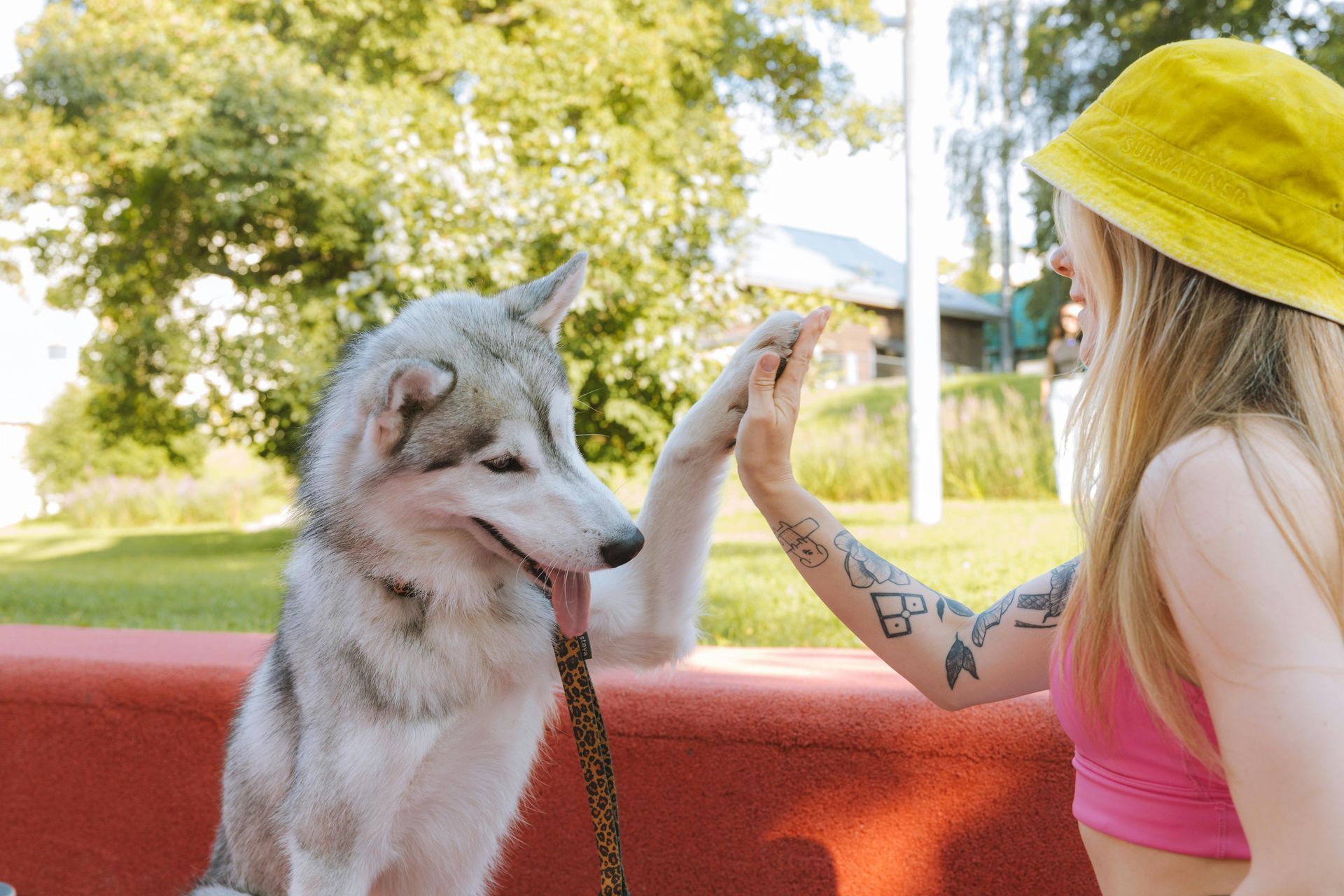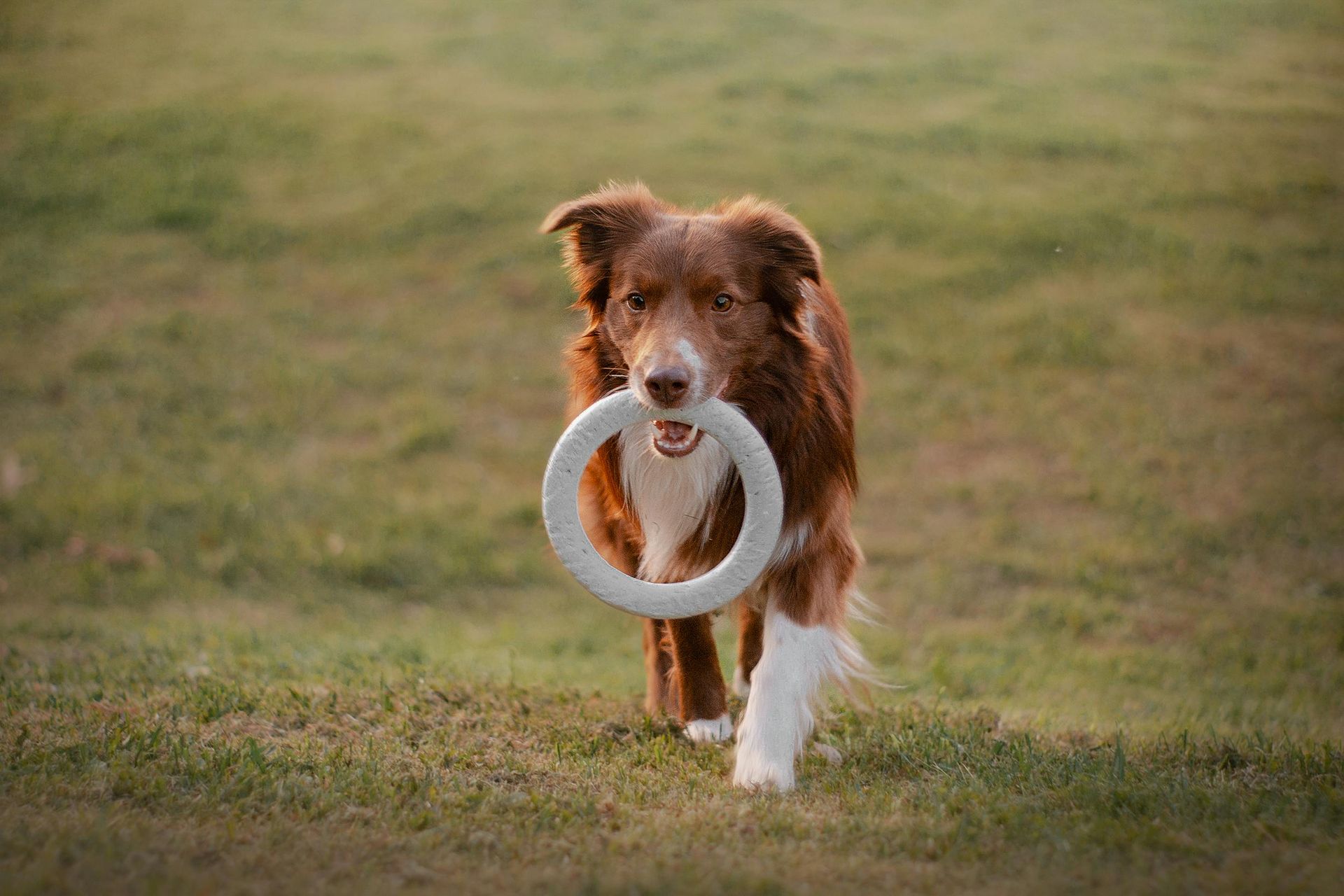Tailoring Training Techniques to Your Dog's Personality
Unlocking Your Dog’s Potential: Customized Training Strategies
At Best By Farr Dog Training, we believe that recognizing and adapting to your dog’s unique personality is crucial for effective training. Understanding whether your dog is timid, energetic, dominant, or easygoing can significantly influence the training approach. This blog explores how to identify your dog's personality traits and tailor training methods accordingly.
1. Identifying Your Dog’s Personality: Begin by observing how your dog reacts to various situations. Does your dog display confidence or timidity? Are they eager to please or more self-directed? Assessing these traits can help determine the most effective training style.
2. Training the Timid Dog: For shy or anxious dogs, gentle encouragement and positive reinforcement are key. Avoid harsh corrections as they can further inhibit such dogs. Instead, use treats and praises to reward small accomplishments, gradually building their confidence.
3. Managing the High-Energy Dog: Energetic dogs require more physical exercise and mental stimulation to keep them focused. Incorporate training into playtime and consider sports like agility and flyball that channel their energy positively.
4. Handling the Dominant Dog: Dominant dogs benefit from clear and consistent boundaries to establish a leadership structure. Training sessions that involve obedience drills and tasks that require patience and calmness are beneficial.
5. Engaging the Easygoing Dog: While laid-back dogs are less likely to push boundaries, they might need motivation to engage in training. Keep sessions short and entertaining to maintain their interest. Use a variety of treats and toys to pique their curiosity.
6. Consistency Across Personalities: Regardless of the personality type, consistency is crucial in dog training. Ensure that everyone in the household understands and reinforces the training cues and rules.
By tailoring training strategies to fit your dog’s personality, you enhance both the effectiveness of the training and the quality of your relationship. At Best By Farr Dog Training, we equip you with the knowledge and skills to adapt your training methods to your dog’s unique character, fostering a happier, well-adjusted pet.
Share
